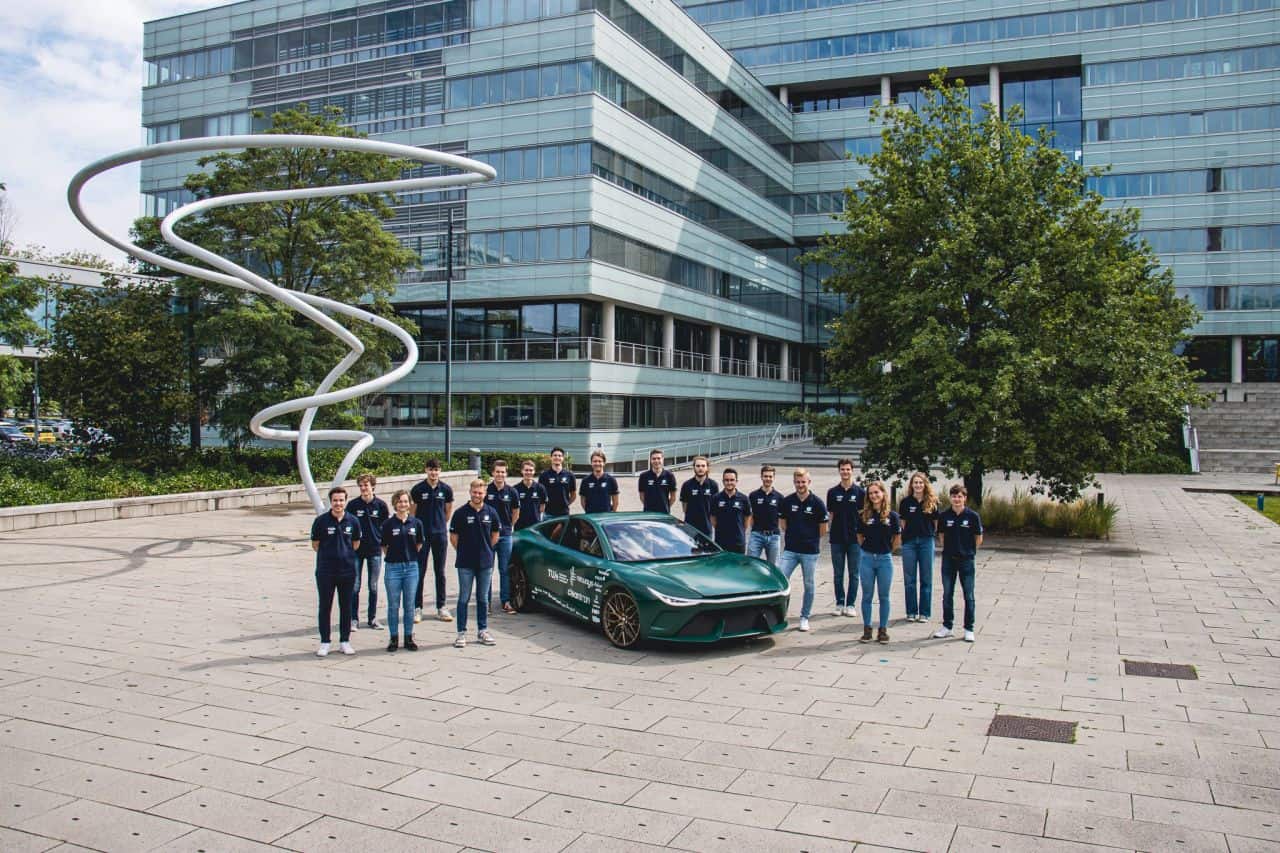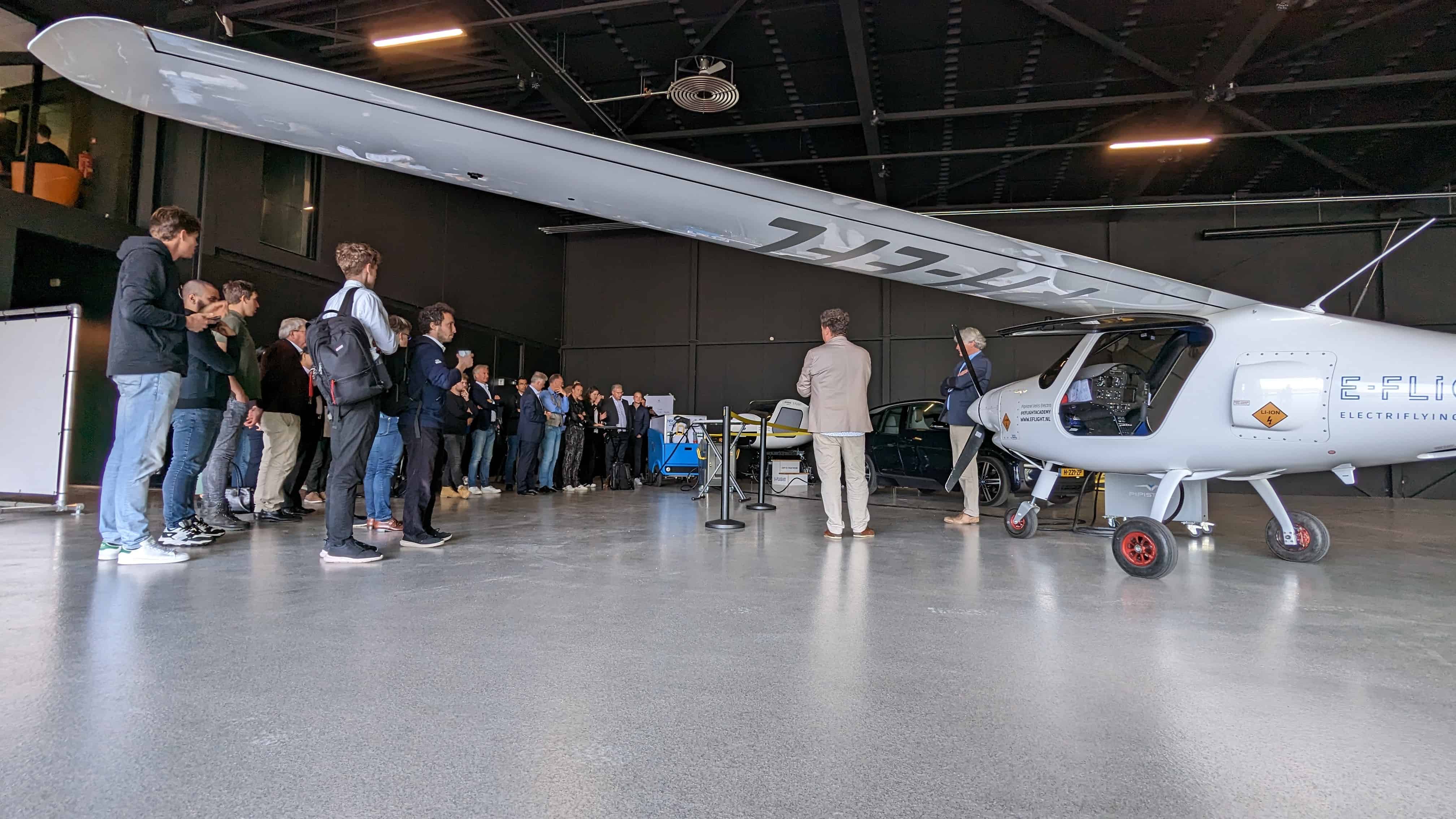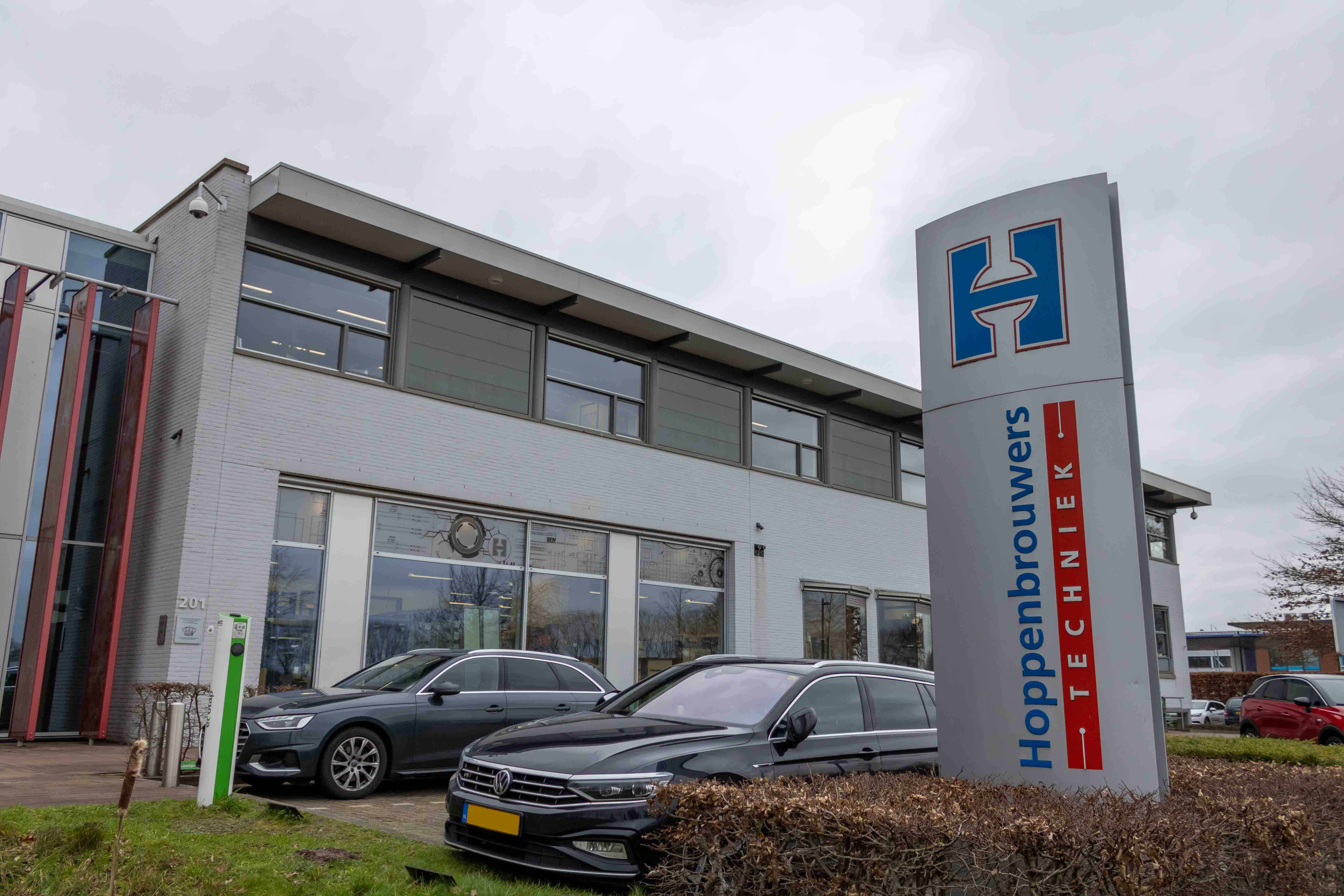
When two groups of students at the same university – TU Eindhoven – independently think about sustainable mobility concepts of the future, two different concepts emerge: the Stella Vie solar car (from Solar Team Eindhoven) and the Noah electric car (from team TU/ecomotive). Nevertheless, these ambitious young people share a common idea: sustainability and careful use of resources.
More on Noah and team TU/ecomotive
More on Stella Vie and Solar team Eindhoven
Cities all over the world are like magnets. For example, Amsterdam and Munich will continue growing in the years to come. It is predicted that the Dutch metropolis will grow to a million inhabitants by 2030 – currently, there are more than 800,000 – while experts predict that the population of the Bavarian capital will rise to 1.75 million by 2022. They are home to people who want to be mobile and who want to move as easily as possible within and outside the city limits. This poses major challenges for urban planners. Roads, cycle paths and public transport cannot be expanded at will. The same applies to transport. In addition, there are increasing emission values, higher levels of fine dust, more noise and therefore inevitably less quality of life.
 Urban planners are already on the edge of their seats. Munich is already testing several concepts of e-mobility. E-bikes and e-scooters, as well as shared cars, must encourage residents to get rid of their cars. Instead, they can switch to public transport, always overcrowded in Munich during rush hour, or to e-mobility offers.
Urban planners are already on the edge of their seats. Munich is already testing several concepts of e-mobility. E-bikes and e-scooters, as well as shared cars, must encourage residents to get rid of their cars. Instead, they can switch to public transport, always overcrowded in Munich during rush hour, or to e-mobility offers.
This is certainly a step in the right direction, but as yet little has changed in terms of daily traffic jams, overcrowded buses, subways and cycle paths. Urban planners are launching one mobility competition after another to find new ideas for solving the enormous hunger for mobility from a growing population.
In the midst of all this, these two student teams provide answers to the challenges of the future. It is noteworthy that they have not yet completed their studies at the Eindhoven University of Technology. On the other hand, they are dealing unconventionally with the growing concerns about urban mobility. They develop ideas, concepts, and cars that are impressive. “We had no idea how car production worked,” they modestly explain. That’s right, but that’s exactly what made them come up with fresh ideas. At the start, their only wish was to understand what requirements cars would have to meet in the future. They started as children would. Unprejudiced, curious, just try it out and do it.
“We had no idea how car production worked,” they modestly explain. That’s right, but that’s exactly what made them come up with fresh ideas.
 The result is two mobility concepts: Stella Vie and Noah. Stella Vie, the futuristic-looking family car, is powered by solar energy. However, there is a lithium-ion battery for use in bad weather. Two-seater Noah, on the other hand, convinces with its handy shape and front. It gives the car a friendly touch. What both concepts have in common is that they focus on resource efficiency. Resources that we have used so carelessly in recent years. We are wasting them, complaining about them, but we are not changing anything.
The result is two mobility concepts: Stella Vie and Noah. Stella Vie, the futuristic-looking family car, is powered by solar energy. However, there is a lithium-ion battery for use in bad weather. Two-seater Noah, on the other hand, convinces with its handy shape and front. It gives the car a friendly touch. What both concepts have in common is that they focus on resource efficiency. Resources that we have used so carelessly in recent years. We are wasting them, complaining about them, but we are not changing anything.
 The student teams have identified precisely this problem. Noah, the circular car, comes with parts made of recyclable sugar ash that are easy to discard.
The student teams have identified precisely this problem. Noah, the circular car, comes with parts made of recyclable sugar ash that are easy to discard.
Stella Vie, on the other hand, is made of carbon. The vehicle, which weighs 370 kg, is lighter and runs up to 1,000 kilometers on solar energy. The vehicle has all the permits to travel legally on the road. It also has an appealing victory in its pocket. The Eindhoven student team won first place at the World Solar Challenge 2017 in Australia, a trip from Darwin to Adelaide. In six days they traveled 3,000 kilometers, defied the rain and showed that a solar car can make long distances.
Noah doesn’t have a road license yet, but it’s a well thought-out concept. The motto is sustainable, recyclable and resource-efficient. Although the prototype does not look as professional as Stella Vie, it already gives a good impression. After a period of intensive development, the beginners in sustainable car construction have become professionals. The Noah team has already presented its concept to car giants such as BMW. The team behind Stella Vie’s team has set up a real business as a spin-off.

What’s next?
In the end, the crucial question remains: are the two concepts ready for the market and can they convince the citizens who are craving mobility?
The euphoria soon gives way to realism. Consumers need to be convinced, and that is difficult. During the presentation of the vehicles in Munich many interested people stop, ask questions, take pictures, are curious. But when asked if they can imagine one day driving one of these cars, they are ashamed. Some people just say no.
The cause of this can be seen on the streets of Munich. Large, compact cars, SUVs, dominate the roads. Exactly the opposite of what the makers of Stella Vie and Noah propagate. A great deal needs to change, especially in the minds of the city dwellers, in order to pave the way for sustainable, recyclable and energy-efficient cars. But a start has been made with these courageous concepts.
For the teams behind Noah and Stella Vie, there is still work to be done. To start with, the completion of the European tour they are currently making. Berlin is waiting tomorrow.
Technical data Stella Vie:
Battery size: 13kW
Speed: 130 km/h
Daytime range: 1,000 km
Range at night: 640 km
Tare weight: 370 kg
Technical data Noah:
Battery size: 15kW
Speed: 100 km/h
Range: 240 km
Tare weight: 350 kg
Read more about Noah and DialoogKreativ – during the month-long networking and exchange between Amsterdam, Utrecht, and Munich.







